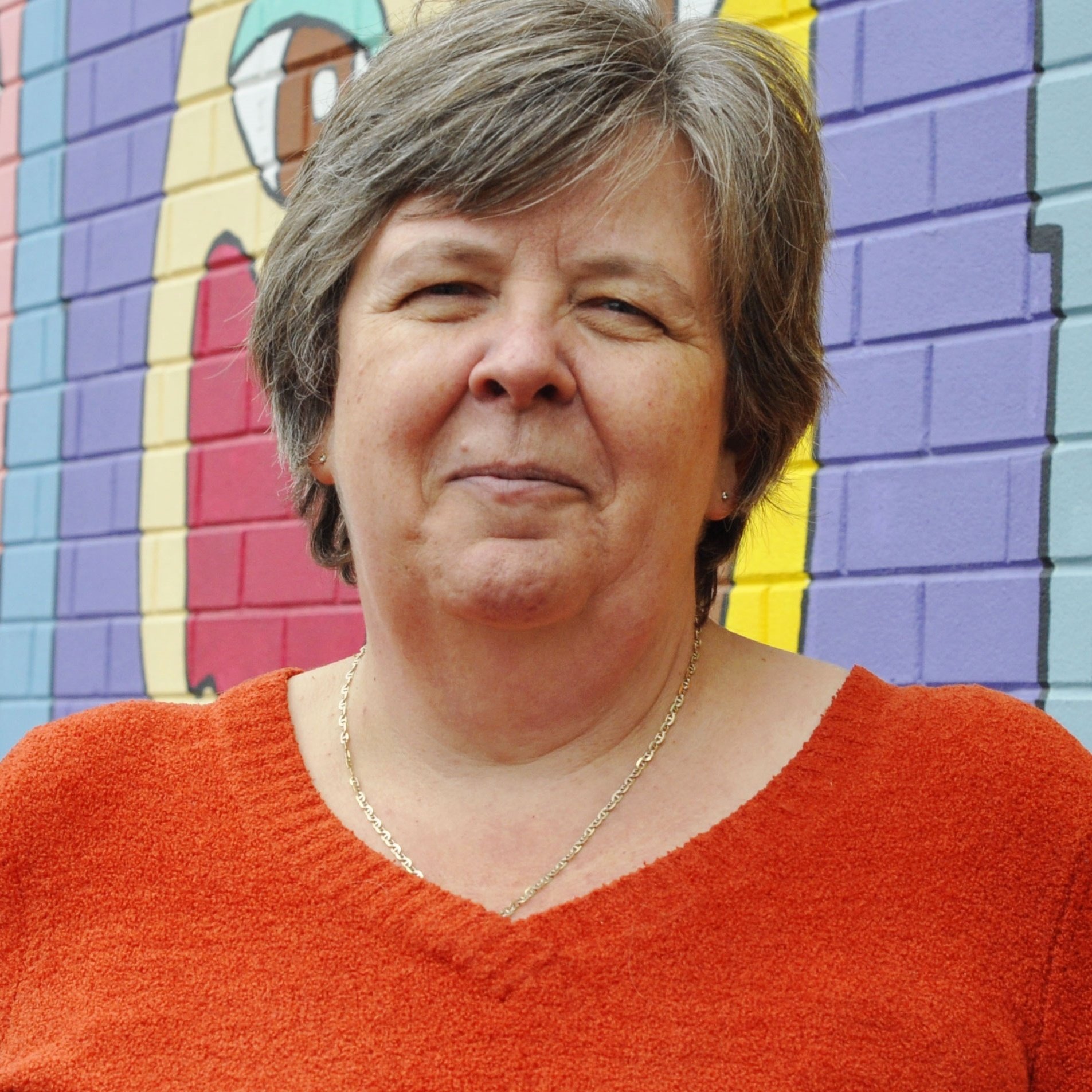Tamarack just finished hosting the first ever Collective Impact Summit (CIS) in Toronto, Ontario in October 2014. It was an amazing gathering of 300 folks working to advance community change and impact in Canada, the US, Australia, Denmark, New Zealand, Israel, and Nigeria. The energy in the room was palpable as leaders from across a variety of spectrums shared their questions, struggles, and lessons learned in implementing Collective Impact.
 Over the course of the week, we listened to some of the foremost thinkers in this approach. Every time I hear John Kania of FSG Social Impact Consultants or Brenda Zimmerman of York University and Social Innovation Generation speak, I note how the practice of collective impact is evolving. We seem to be on a journey of working and learning together, even those that have the perch of watching collective impact across so many communities and in such a variety of ways.
Over the course of the week, we listened to some of the foremost thinkers in this approach. Every time I hear John Kania of FSG Social Impact Consultants or Brenda Zimmerman of York University and Social Innovation Generation speak, I note how the practice of collective impact is evolving. We seem to be on a journey of working and learning together, even those that have the perch of watching collective impact across so many communities and in such a variety of ways.
The Collective Impact Summit week began with Mark Cabaj, From Here to There providing an interesting framing to the current state of the Collective Impact practice. There are many collaborative efforts that pre-dated the publication of Collective Impact which was first published in the Stanford Social Innovation Review in the Winter 2011.
Vibrant Communities Canada is a good example of this. Vibrant Communities Canada was launched in 2002 and over the course of the past 12 years has seen communities across this country build multi-sector roundtables with a focus on developing a place-based approach to reducing poverty. This practice Mark called Collective Impact 1.0.
Collective Impact 2.0 was the publication of the first and subsequent articles by the folks at FSG Social Impact Consultants on Collective Impact. There have been many articles and they recently launched the popular website, the Collective Impact Forum (www.collectiveimpactforum.org) which now has over 7,000 subscribers. Since 2011, avid followers of Collective Impact (like myself) have benefited from the thoughtful reflection and continuous focus that FSG and so many others have given to the practice.
With the advent of the Collective Impact Summit, we have, as practitioners, entered into CI 3.0. This is about co-creation, co-generation and evolving the practice in a way that enables us to collectively scale. It should be acknowledged, that the Collective Impact Summit is only one of many conferences, workshops, think tanks, etc that are contributing to CI 3.0. You only have to follow the #collectiveimpact Twitter stream to see how often the practice is being shared.
 Following Mark, Melody Barnes, formerly of the White House Council for Community Solutions and advisor to President Obama shared her perspectives about Collective Impact. What seemed to resonate with many at the CIS was the need for the authentic inclusion of all stakeholders in the process, particularly individuals who bring lived experience to the table. Project U-Turn was cited as an example of a youth focused Collective Impact effort which was making significant strides forward.
Following Mark, Melody Barnes, formerly of the White House Council for Community Solutions and advisor to President Obama shared her perspectives about Collective Impact. What seemed to resonate with many at the CIS was the need for the authentic inclusion of all stakeholders in the process, particularly individuals who bring lived experience to the table. Project U-Turn was cited as an example of a youth focused Collective Impact effort which was making significant strides forward.
John Kania of FSG Social Impact Consultants focused on the need to change mindsets and practices when working collectively. This is not about individual or even organizational agendas, but it is about focusing on system change. The problems being address through collective impact approach are complex, requiring the attention and participation of diverse partners and a laser focus on the desired change outcomes.
Next up was Brenda Zimmerman, an author of Getting to Maybe and professor at York University. This was, for me, one of the most relevant keynotes of the week. Brenda identified the challenge of working both in complexity and in collective impact. The forces of our external systems often have us ‘snapping back’ from experimental approaches like Collective Impact. Examples of systems snapping collective impact back include: funders not wanting to invest in backbones, organizations competing for scarce resources and evaluations that focus on individual impacts rather than community impact are all examples of snap back. New approaches to community change such as Collective Impact require diligence to keep on track. It is easy to be snapped back into our old ways of working, particularly if we have not adopted the mindset shifts that John Kania spoke to.
The final keynote speaker was Jay Connor who shared the experience of Erie Together and their focus on a Keystone Outcome in their poverty reduction strategy. Visit the Erie Together website to learn more about their substantial progress. Jay provided participants with useful strategies for putting the Collective Impact framework into action.
The Collective Impact Summit was an opportunity to bridge knowledge and practice together. I came away from the week both refreshed and challenged. The Summit ended with a challenge as well to all of us to continue to build the practice of Collective Impact. We invite you to do this by sharing your learning on these two websites: www.tamarackcci.ca and www.collectiveimpactforum.org.
We will be watching as you Snap Forward!





